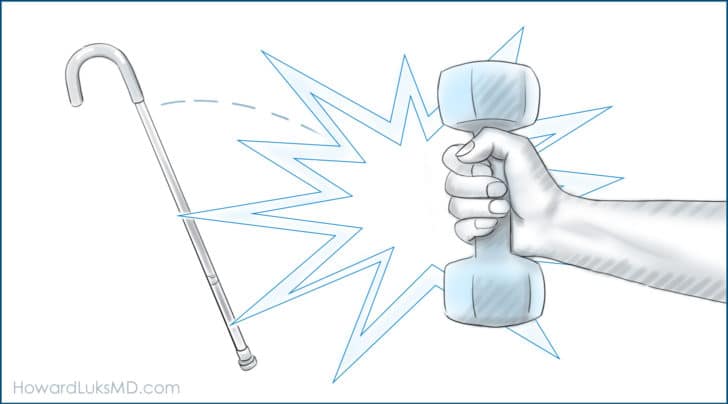
Sarcopenia is the loss of skeletal muscle mass which occurs as we age. We can start losing muscle mass in our 30s, and the process continues relentlessly and accelerates after 50. Like loss of bone mass (osteopenia), we experience specific changes as we enter into new decades of our lives that ultimately signal a slowing down in general physiological function. While these changes are preprogrammed into us… they do not need to be our reality– if we pay attention now.
Some may argue that these changes are “just a part of life and aging” because “I’m getting older” and “these things just happen.” There is some truth to this; however, there are 80+ -year old athletes still going strong in their sport. Just because you are getting older doesn’t mean you can no longer build muscle mass, build strong bones, and increase flexibility. It just requires effort and discipline, but if 90-year-olds can do it, so can you. Keep in mind even an untrained 80 year old will build new muscle following just one workout. It’s not too late.
Sarcopenia has started… just simply may not have noticed yet.
In the end… we are talking about avoiding frailty. Frailty, walkers, and canes may be decades off in the future, but you’re tripping on things more often, you have more trouble opening jars, you have more difficulty lifting bags of ice or heavy packages. You do not need to take this lying down, and we can avoid most of these awful consequences of sarcopenia.
Some of you might be seeing the changes already and not even realize it. Your legs are thinner, your hands have lost muscles that used to be prominent. The functional loss and its effect on balance are evident, too… you’re tripping more on carpets and stumble more often than you remember doing in the past. Your body is giving you subtle hints. Now is the time to pay attention.
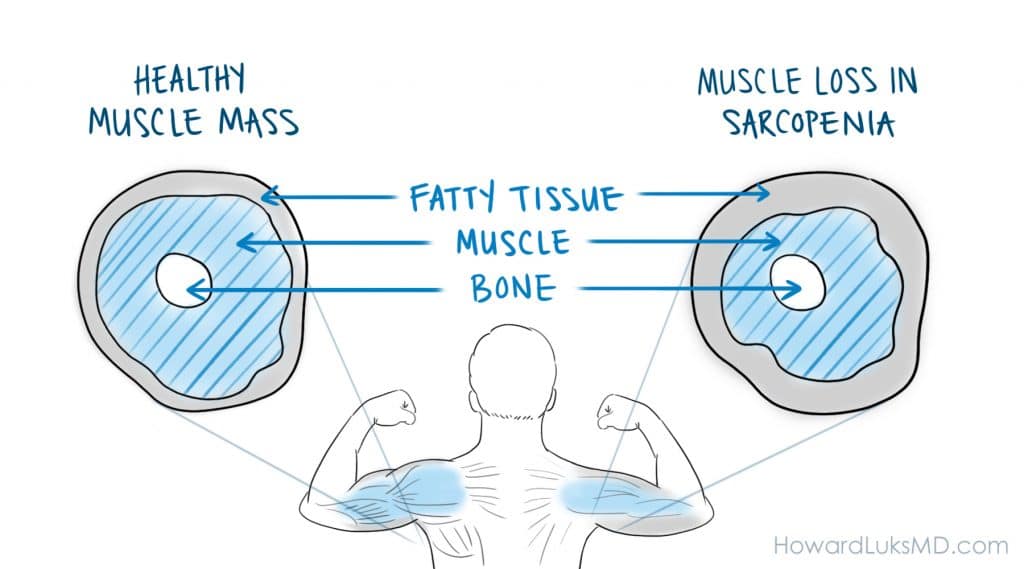
What causes Sarcopenia?
Age-related muscle mass has been documented to start as early as our 30s, with reports of 50% loss by the time we reach our 80’s. Most of this loss is in our type II muscle fibers responsible for power and endurance. Unfortunately, these fibers are most often replaced with extra fatty tissue and fibrous tissue – the fibrous tissue being the culprit of stiffness and reduced muscle contraction. Since approximately 60% of our body mass is skeletal muscle, this is a sticky situation, especially for the aging adult, who confronts frailty, loss of independent movement, and disease due to the inability to – well – move. You can imagine that it is physically and mentally hard to stop once this snowball starts rolling.
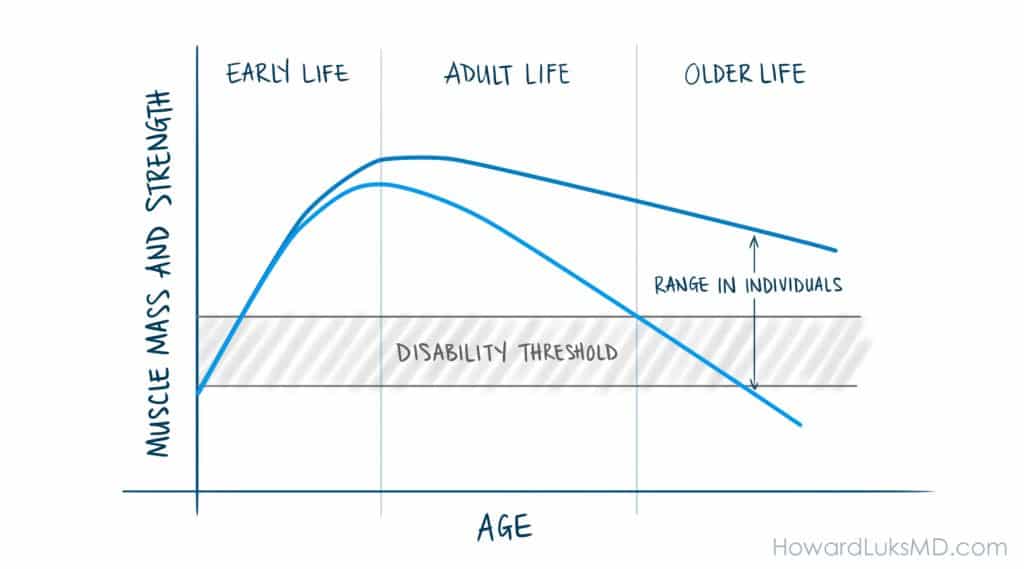
There isn’t a single known cause for sarcopenia related to age. It could be due to a change in hormones (i.e., lower testosterone), neurologic declines, more sedentary behavior, or the reduced ability to process and metabolize protein for protein synthesis (aka Anabolic Resistance). Nowadays, sarcopenia has an earlier and more progressive onset because of chronic disease and obesity. Hence the new term “sarcopenic obesity” was developed to help explain the increased incidence of sarcopenia in the obese, older adult population.
The Hadza and other hunter-gatherer tribes do not suffer from the same functional loss as the population of industrialized nations. Studies of these tribes serve as a reminder that we should not accept stiffness, weakness, and loss of muscle mass as a normal process. We are a horribly underactive society, and the consequences of which keep mounting as the friction to move more increases every year.
Muscle mass correlates with longevity. Sarcopenia correlates with disability and death.
Sarcopenia has many downsides:
- Longer to recover from injury
- less recovery from injury- you don’t get back to your baseline function.
- osteoporosis- easier to break bones
- increase fall risk – increased fracture risk
- increase injury risk from falls
- poor metabolic health
- less able to move around
- less socialization: there is an epidemic of lonliness
- less independence- assisted living is riduciously expensive.
- increase in caretaker and children’s stress worrying about their loved ones
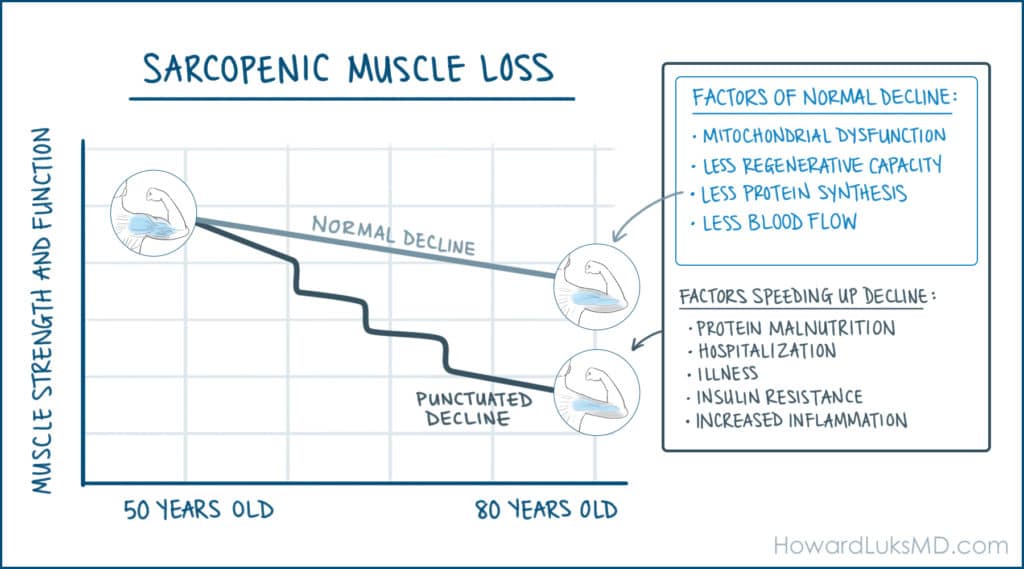
What is Sarcopenic Obesity?
Sarcopenic obesity is simply the term used for an individual with a BMI >30 who is experiencing a significant loss of muscle mass, muscle power, and physical function (i.e., walking speed <0.8mph). The two seem to occur simultaneously and may have a more significant effect on cardiovascular disease, metabolic diseases, and overall mortality than just sarcopenia and obesity alone. According to some studies, the prevalence of sarcopenic obesity is growing significantly – affecting 18.1% of women and 42.9% of men over 60 years of age. This same study found sarcopenic obesity to have the following consequences in older adults:
- Disability
- Hospitalization
- Mortality
- Metabolic Disease
- Falls
Maybe you have seen this scenario before. Your Uncle Jim is now 72 and has been living at home alone for the past three years. He was diagnosed with Type II Diabetes, stage 1 kidney failure, and hypertension due to his decreased activity and lack of social outlets. You receive a call from Uncle Jim’s neighbor saying he has fallen in his bathroom. Unfortunately, Uncle Jim could not help himself off the floor because he was too weak and had to wait for his neighbor to find him. Eventually, Uncle Jim is taken to the hospital for a fracture of his pelvis due to a fall and a urinary tract infection. Uncle Jim continues to decline, experiencing three more falls in the next 16 months – each time being more difficult to recover from physically and emotionally. A year later, Uncle Jim passes away at the age of 75.
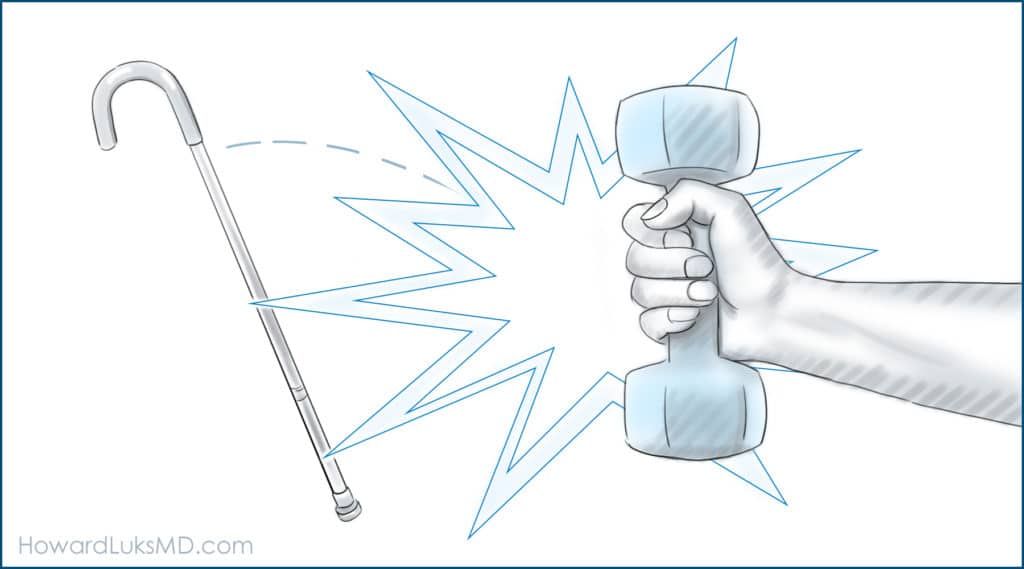
It’s a story we hear too often and sadly experience within our own family and friends because of the seemingly unstoppable phenomenon that is obesity, chronic disease, and sarcopenia. The reality is – we can work harder at preventing age-related decline from progressing to the point of frailty and mortality.
Can I Prevent Sarcopenia and Sarcopenic Obesity?
The answer is – well – you probably know it already, yes. As is valid for preventing most other diseases, we need to focus on staying healthy through exercise, movement, proper nutrition, balance, and mental wellbeing.
For sarcopenia and sarcopenic obesity specifically, increasing our muscle mass, overall strength, and aerobic capacity will help negate the downstream effects of poor metabolic health, excess body fat and help us maintain independent mobility for as long as possible. Resistance training, walking, Tai Chi, yoga, and cycling are all great ways to obtain improved muscle mass and strength. And according to the American Heart Association, adults over 18 years of age require just 2-3 days each week of full-body strength training for at least 30 minutes each day. Remember – strength training has many different faces and does not always need to involve weights or going to a gym. Read these articles:
- Leg exercises that do not require weight or a gym
- how muscle mass improves our longevity
- why you should choose to squat more often
- the importance of balance training
Is sarcopenia treatable
While treatable… the best treatment for sarcopenia is avoidance. While we cannot avoid muscle mass loss altogether, we can slow the decline and maintain functional independence by remaining strong! By moving more and focusing on maintaining muscle mass through our 30s and beyond, we can avoid many of the downsides of muscle mass loss and the loss of functional independence.
Maintaining muscle mass is critical. Whether through exercise snacks or traditional leg exercises – spending two days a week on muscle mass maintenance is essential. Bodyweight leg exercises work-no gym required!



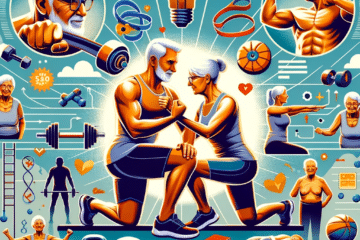
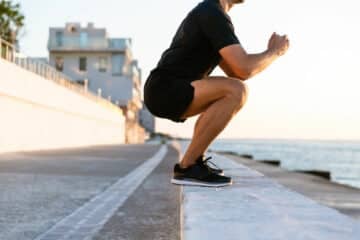
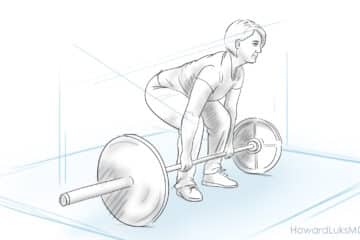





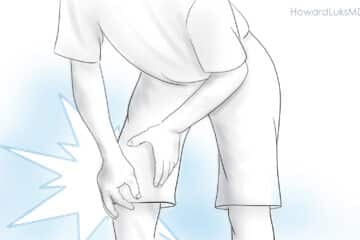



As a septuagenarian, I am interested in articles for the older athlete training.